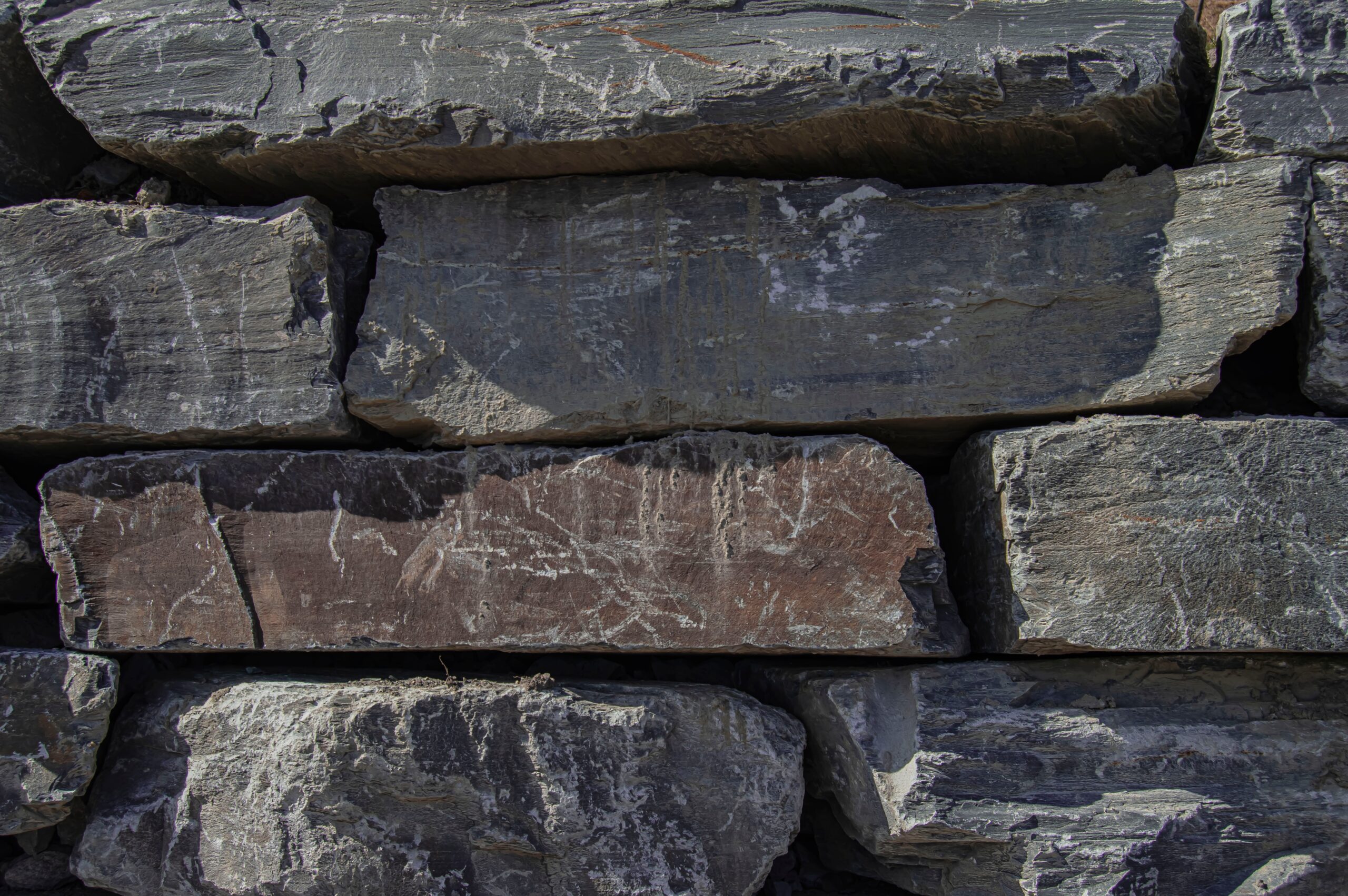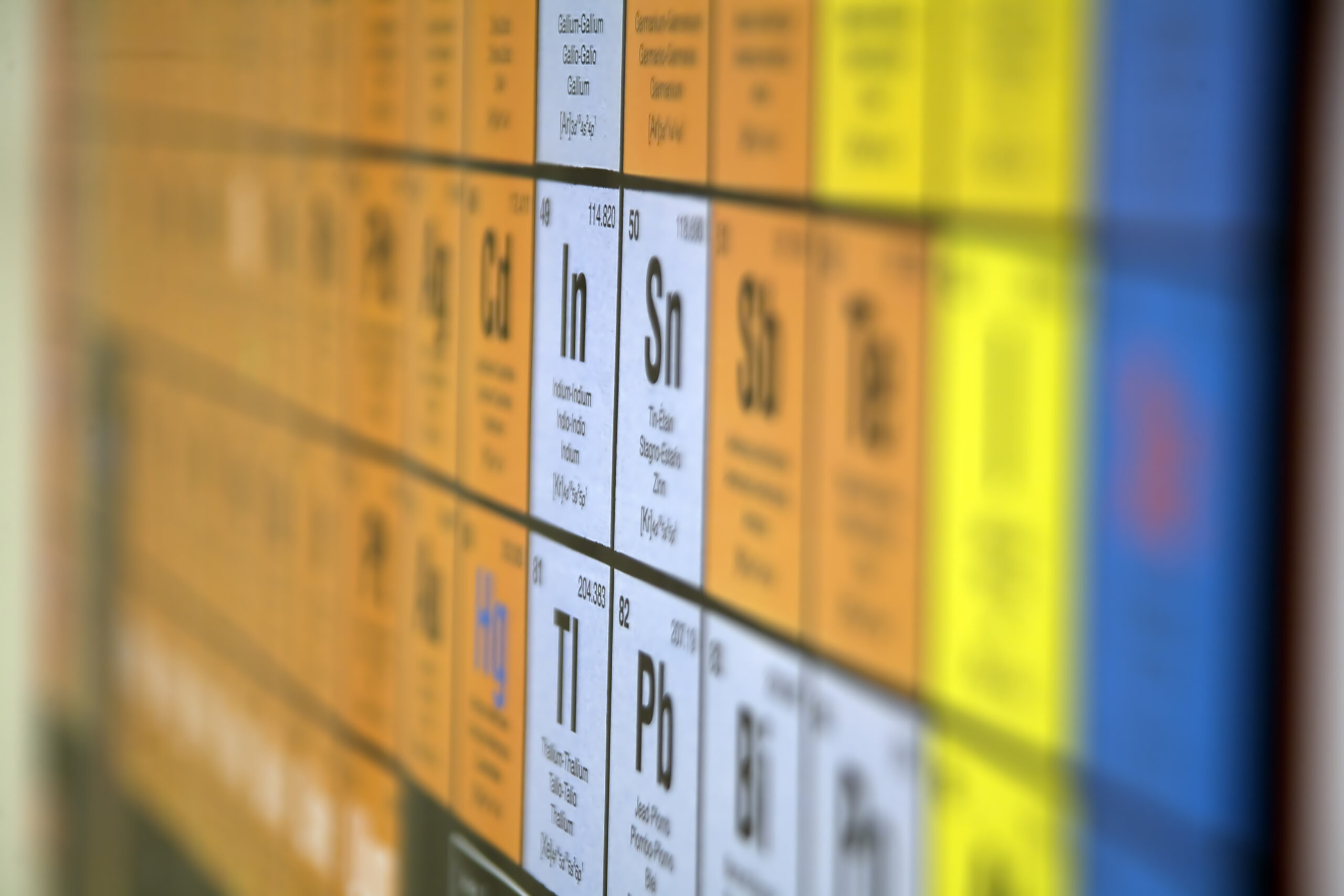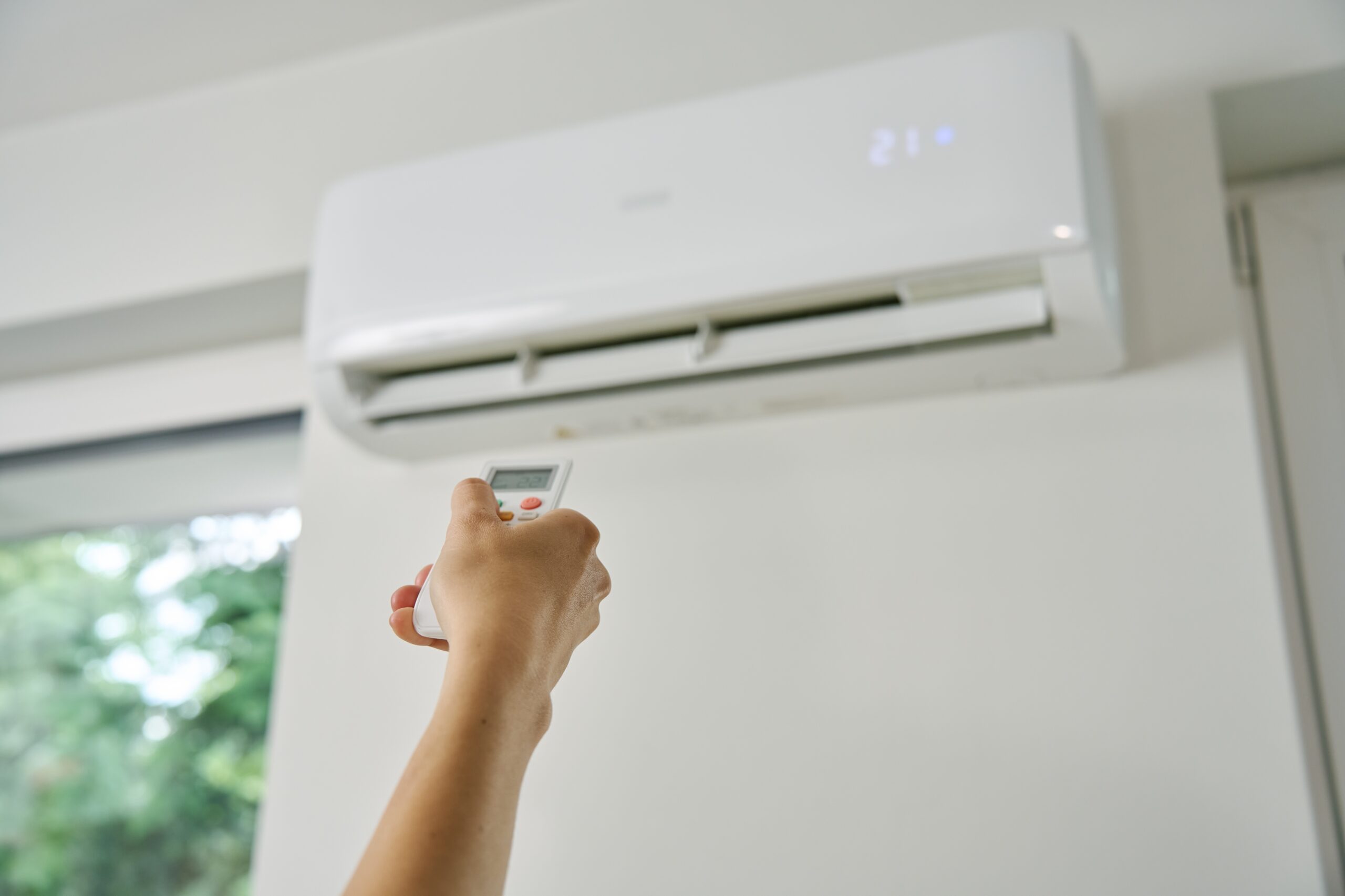Radon
Dangers
Danger to radon depends on how much is taken in by an individual, the amount of time that the exposure has endured, how old you are when contracted, and how the contact is contracted.
Radon is inhaled and enters the respiratory system. Once in the lungs, its harmful particles can increase the risk of lung cancer. This risk is significantly higher for individuals who smoke.

Sources

Progeny
This very low radon concentration that’s found in rock, soil, water, air, and construction materials emits poisoning when near it. When you breathe in and out, radon can leave your body, reducing its danger. However, while it remains in your system, it can cause lung cancer.

Radioactive Elements
The different types of dangerous radioactive elements are found in air, water, soil, or building materials, as well as cosmic radiation from space. Along with these places, it’s also found in products and certain equipment. This type of element is usually colorless and odor less, making it hard to realize that it’s been consumed.

Air
Radon can be released into the air from the sources mentioned earlier, as well as through dust and its particles. It poses the greatest risk indoors, where continuous inhalation can occur without detection.
How to Limit & Avoid an Indoor Gas Danger
Lung Cancer
One of the main ways you can reduce getting lung cancer is by quitting smoking in the home. Another way is to keep windows open to ensure that there is an adequate amounf of ventilation in the home.
Levels in the home
You can test the amount of radon in your home by getting a professional contractor to install a detector to test the amount of levels in the home. know what they are doing